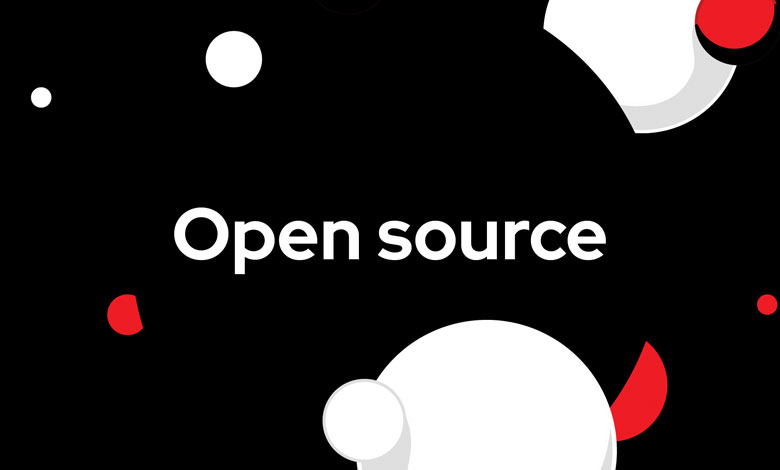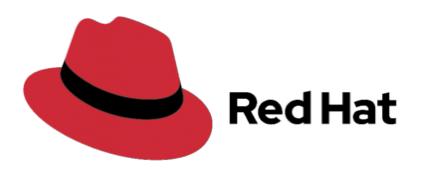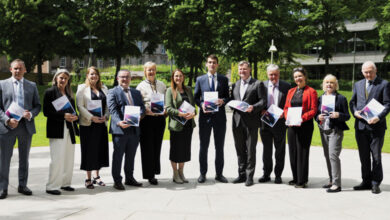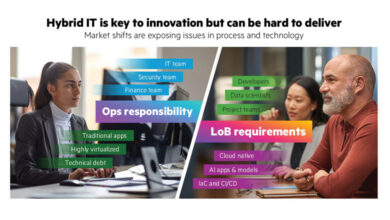Building Ireland’s foundation for the future on open source and digital sovereignty

As Ireland accelerates its digital ambitions, a new strategic priority is emerging across government, critical infrastructure and enterprise: digital sovereignty, writes Chris Jenkins, Senior Principal Chief Architect, Red Hat.
At Red Hat, we define digital sovereignty as the ability of an organisation or nation to maintain control over its digital infrastructure, data, and technologies, free from undue external influence. In today’s environment of cross-border data flows, AI advancement and geopolitical risk, digital sovereignty is no longer just a theoretical concept. It is a practical, national security concern.
But it is not achieved in isolation. It is built through trusted technology choices, secure architecture, and an open approach that gives governments and organisations the ability to shape, adapt, and govern their digital environments.
This is where open source plays a critical role. It goes beyond software, providing a set of principles – transparency, interoperability, portability, control – that form a structural and strategic defence that protects digital autonomy.
Across five core areas, Red Hat is helping Irish institutions build this foundation for the future with open, secure, and sovereign-ready technology:
1) Trust and transparency start with open source
For Ireland’s public bodies, critical service providers and national infrastructure operators, knowing exactly what your systems are doing is non-negotiable – and that starts with being able to see and verify the code that runs them.
Unlike proprietary “black box” software, open source provides full visibility into its inner workings. Code can be audited, vulnerabilities identified, and configurations verified against Irish and EU standards. It removes hidden dependencies and reduces the risk of backdoors or unknown behaviours in critical systems.
Red Hat Enterprise Linux is a key example. As a fully open, enterprise-grade operating system, it allows public bodies to deploy software with confidence – knowing it has been community-tested, security-hardened and governed by open standards.
2) Control and choice through an open hybrid approach
Digital sovereignty is not just about where infrastructure sits – it is about how much control you have over it.
For Ireland’s public sector, that means being able to run workloads consistently across public cloud, private cloud, and on-premise environments – without being tied to any single vendor’s tools, pricing or data policies. An open hybrid cloud approach supports this by prioritising modularity and interoperability, ensuring that systems work together securely rather than in silos.
This architectural flexibility is increasingly important as digital services evolve. It allows organisations to decide where data resides – whether on-shore, in sovereign clouds or across multiple regions – and to move it freely without being penalised. It also avoids the kind of lock-in that limits long-term adaptability.
3) Resilience in critical infrastructure
A sovereign digital environment must also be a resilient one. For Ireland, that means protecting the continuity of essential services – from energy and water to health, transport, and finance – even in the face of cyber incidents or technical disruption.
This resilience relies on distributed, decentralised architectures that avoid single points of failure. If one part of the system is compromised, the rest continues to function – keeping services available when they matter most.
This approach is already shaping how critical infrastructure operators in Ireland design and modernise their platforms. With the help of automation and open standards, teams can secure workloads more consistently and maintain uptime without sacrificing control.
Red Hat works with organisations across critical infrastructure to build in this resilience from the start. Using Red Hat OpenShift and Red Hat Ansible Automation Platform, teams can standardise security practices and automate failover across regions and services.
4) Strengthening local ecosystems
Digital sovereignty is also about who shapes and sustains the systems in use. For Ireland to maintain long-term control over its digital future, it needs local capability: skilled teams, trusted partners, and an ecosystem that understands national needs.
At Red Hat, we are committed to supporting that goal by working with Irish technology partners, research institutions and system integrators to build local expertise and co-develop solutions. This strengthens national capacity and ensures technology decisions are rooted in the Irish context.
Open source naturally supports this model. By enabling community-driven development and shared governance, it ensures that solutions are not only transparent, but shaped by those closest to the challenges they aim to solve.
5) Preparing for sovereign AI
As Ireland explores the potential of artificial intelligence across public services, questions of sovereignty are coming to the forefront. Who controls the data used to train models? Where is it stored? Can outcomes be audited or governed locally?
To address these questions, governments and organisations need the ability to develop and deploy AI in ways that align with national frameworks and preserve control over sensitive information.
Whether through transparent models, open tooling or platforms like Red Hat’s OpenShift AI, open source supports the development of sovereign AI strategies – where data governance, model oversight and infrastructure control can all be enforced. Our open architecture enables the transparency and auditability essential to responsible AI deployment.
Many Irish organisations are also shifting focus from large, general-purpose AI to smaller, domain-specific models. These are easier to train using internal or synthetic datasets, more cost-effective to run and better aligned with regulatory obligations.
Securing Ireland’s digital future
Digital sovereignty is a practical challenge shaping how Ireland builds, governs and secures its digital infrastructure. From transparency and hybrid control to resilience, local capability and sovereign AI, each element contributes to a stronger, more independent digital foundation.
In this way, Ireland is remaining open to collaborate, while ensuring it moves forward on its own terms. At Red Hat, we are proud to support that work – with open technologies, trusted partnerships, and a deep commitment to helping Ireland navigate its future with confidence.
Learn more at:
W: www.redhat.com/en/global/united-kingdom-ireland







